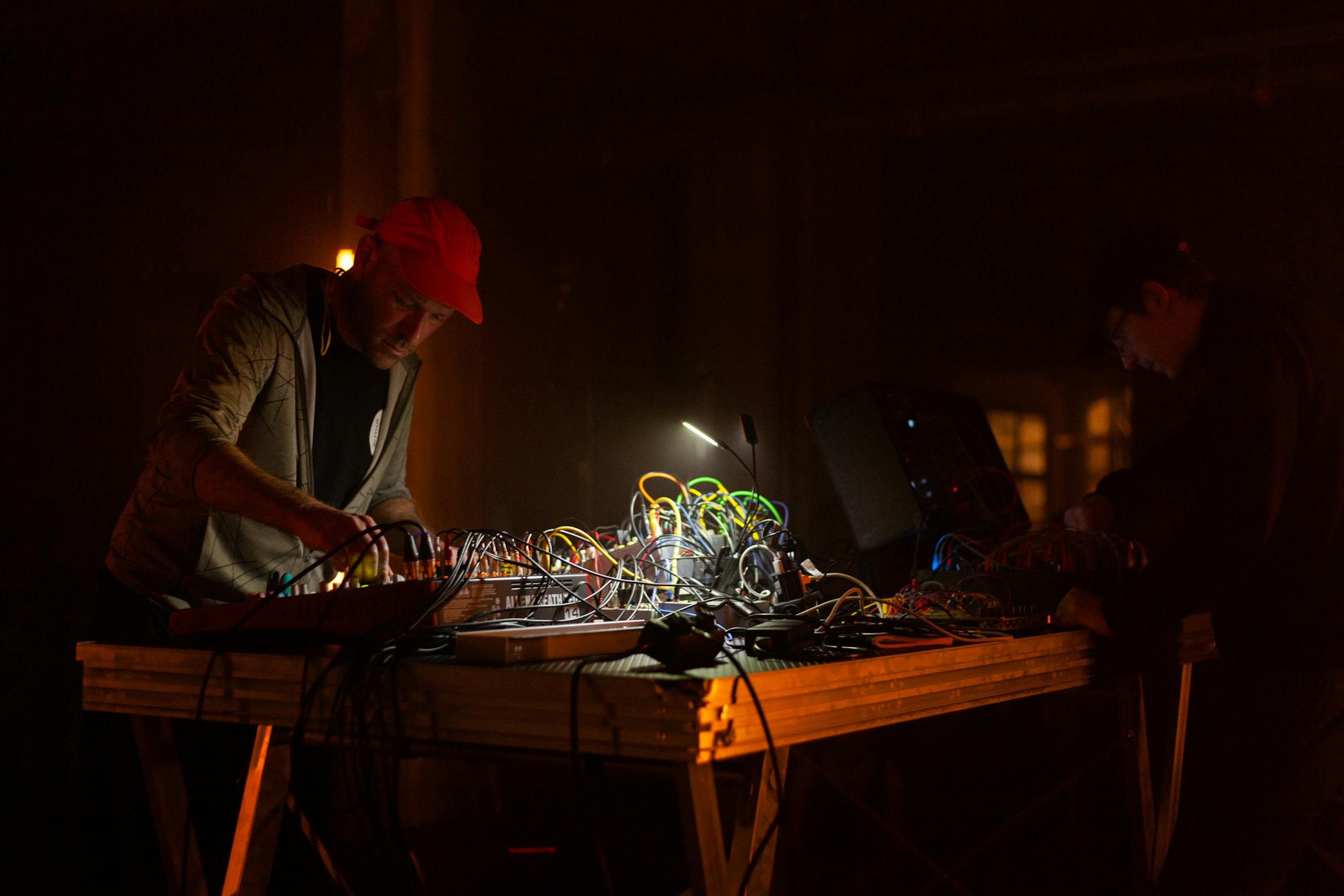
Fostering an interdisciplinary approach – Q&A with Visual Effects, Digital Arts & Animation's Awu
Posted by Gregory Cowling on 2024-07-04T22:00:00+0000
We're excited to welcome Awu (Yuhua Li) — artist, video game developer, film director and theatre producer — as our new Programme Lead for our Visual Effects, Digital Arts & Animation programme.
We caught up with Awu to ask her about her vision for the programme, what makes it unique, and her own creative journey and inspirations.
Tell us about your own professional journey within the creative industries.
My journey began with Jan Lauwers' theatre installation "The House of Our Fathers." During that time, I was working at the Ming Contemporary Art Museum, helping to build part of the installation. Eventually, I became a performer in the installation. There are no stages, only boxes stacked on each other, glass display cabinets, and formaldehyde-soaked human hearts.
This energy — the energy of theatre and performance art — lit a fire in me, pushing me to explore beyond the traditional boundaries of video games. During a residency in Canfranc, Spain, I used data from the quantum physics laboratory LSC to create an interactive video game theatre piece called Virtual Collision.
Which visual effects projects by others have sparked your imagination or been especially important to you?
Epic neo-noir science fiction "Blade Runner 2049" (2017) comes to mind immediately. Its stunning visual effects, from its dystopian cityscapes to its realistic holograms, have been a major source of inspiration to me. The film does a great job of translating the original film’s revolutionary vision. Secondly, "Gravity" (2013): the seamless integration of CGI and live-action footage in a zero-gravity environment pushed the boundaries of what's possible in VFX. Last but not least, "Mad Max: Fury Road" (2015): the film's innovative use of practical effects combined with digital enhancements created a visceral and immersive experience.
In your own words, what is the key premise of the Visual Effects, Digital Arts & Animation BA programme and what makes it unique?
As the name suggests, ours is a multidisciplinary programme, covering a range of topics including camera skills, visual effects, practical effects, animation, and creative coding. This broad approach allows the students to develop a comprehensive skill set, and it opens up their view to the possibilities within VFX and digital art. The students are empowered to create projects and a portfolio unique to them. It also opens up numerous professional opportunities for them after graduation.
How does the programme balance practical skills, creative innovation and personal development?
The programme includes modules on professional practices, communication skills, teamwork, and career planning, helping students develop essential soft skills and prepare for a professional environment. Students are given assignments and projects that encourage creative thinking and artistic expression, often involving open-ended briefs that allow the students to experiment and innovate with different styles and techniques.
How does the programme stay relevant to the current demands of the industries it prepares students for?
Our tutors are practising professionals, who actively work across the fields of VFX, film, animation, graphic design, and digital art – so they’re perfectly positioned to share the most up to date information with our students, from within the industry. Also, our emphasis on hands-on learning through real-world projects prepares them for the real-world environments they will be working in. This kind of experience is crucial for developing the relevant skills.
Visual effects is now growing beyond just the medium of film, into a broad range of other artistic mediums and industries. What collaboration opportunities with peers in other creative paths can our visual effects students expect to have?
We encourage our VFX students to collaborate with students from the film and music schools at Catalyst where possible, and one of their assessments involves creating music videos with students from the music school. These opportunities for collaboration with other disciplines have the potential to really enhance the learning experience, as well as help students expand their professional networks.









